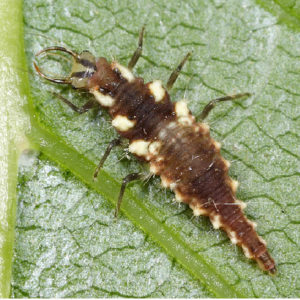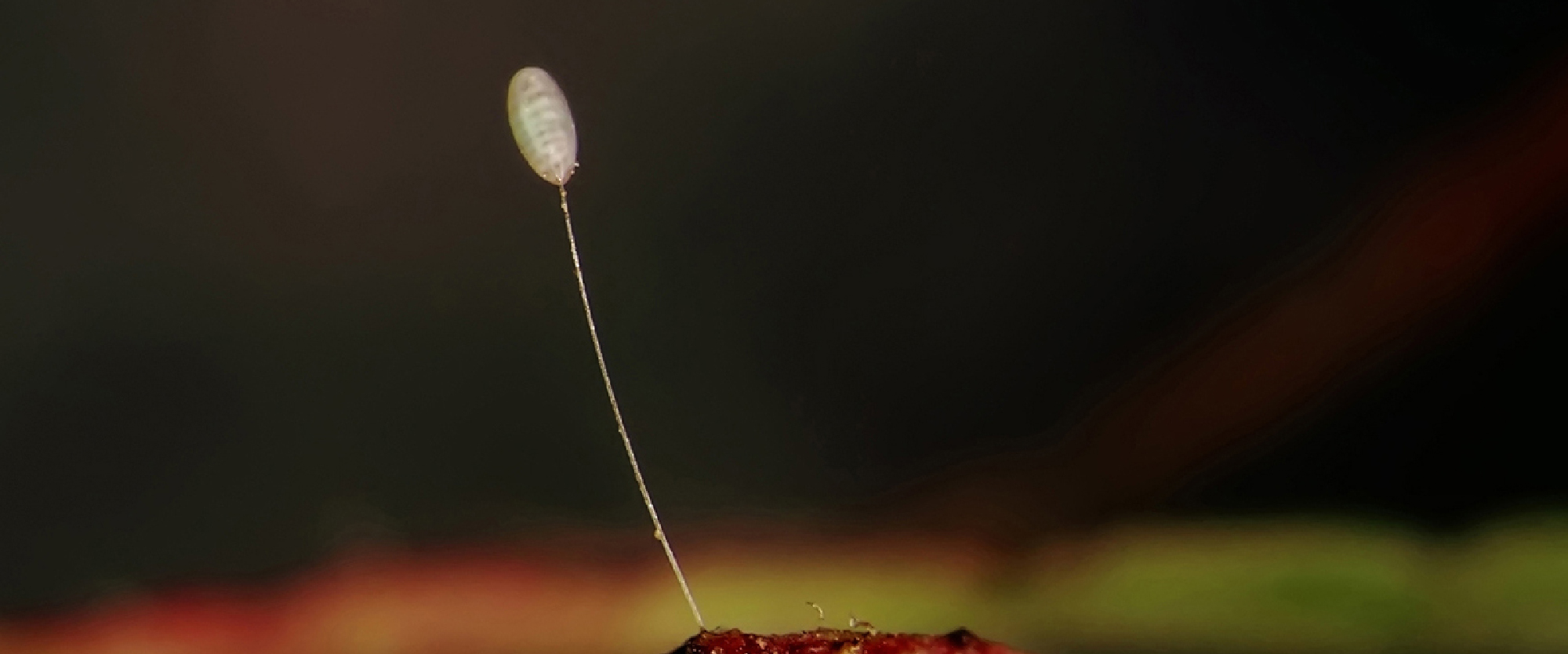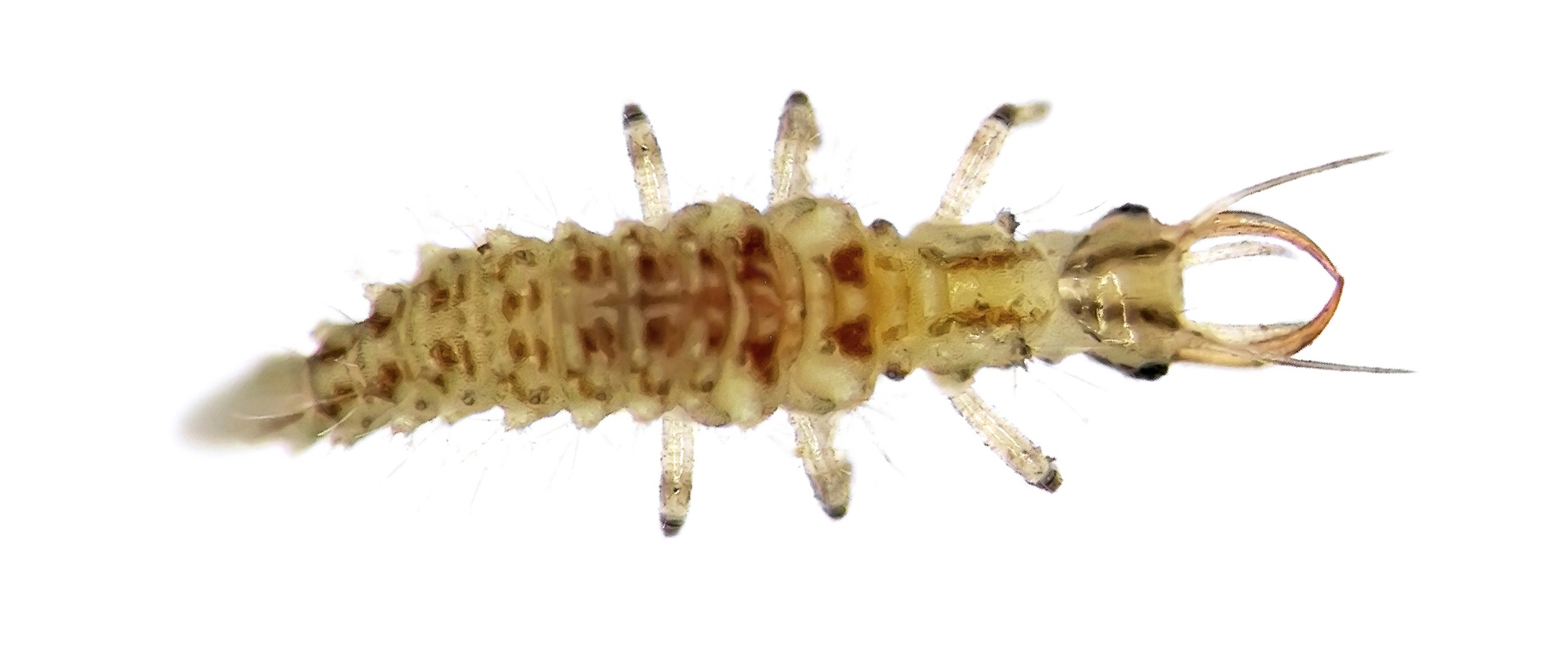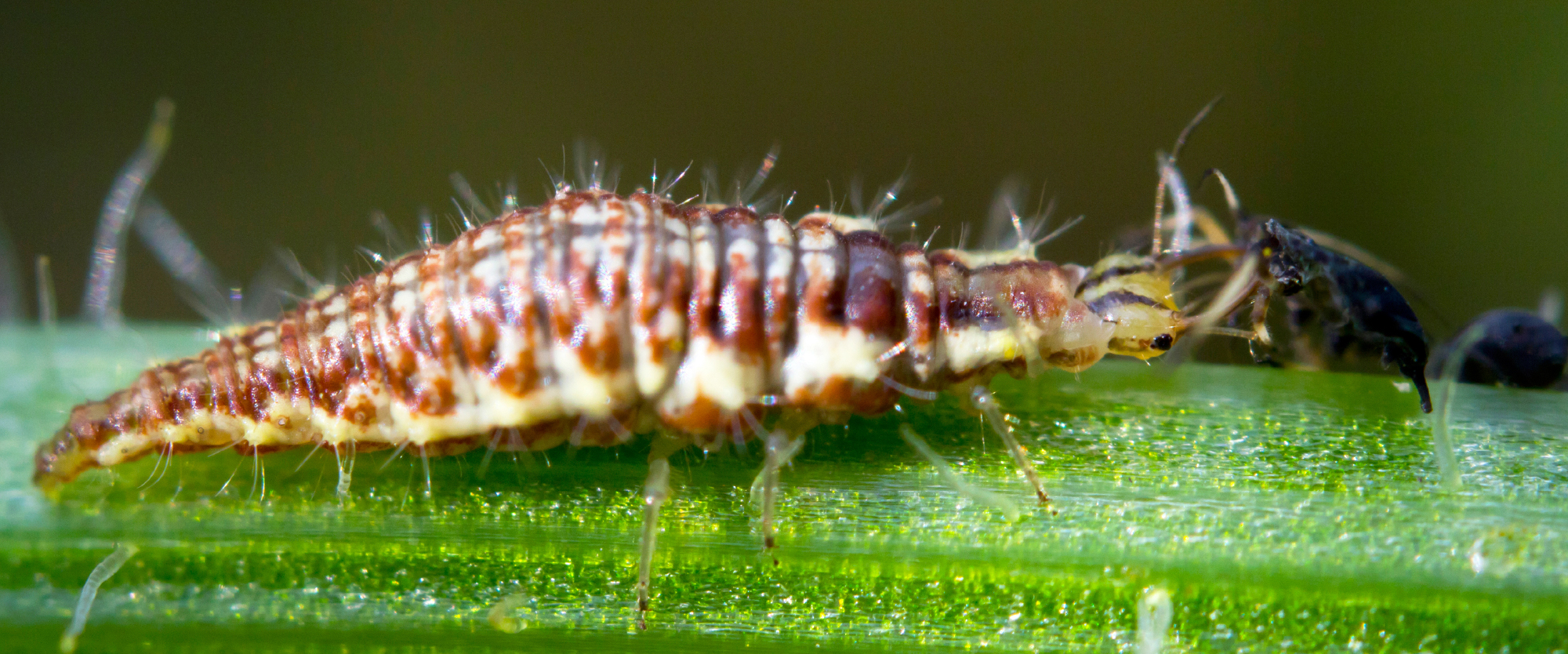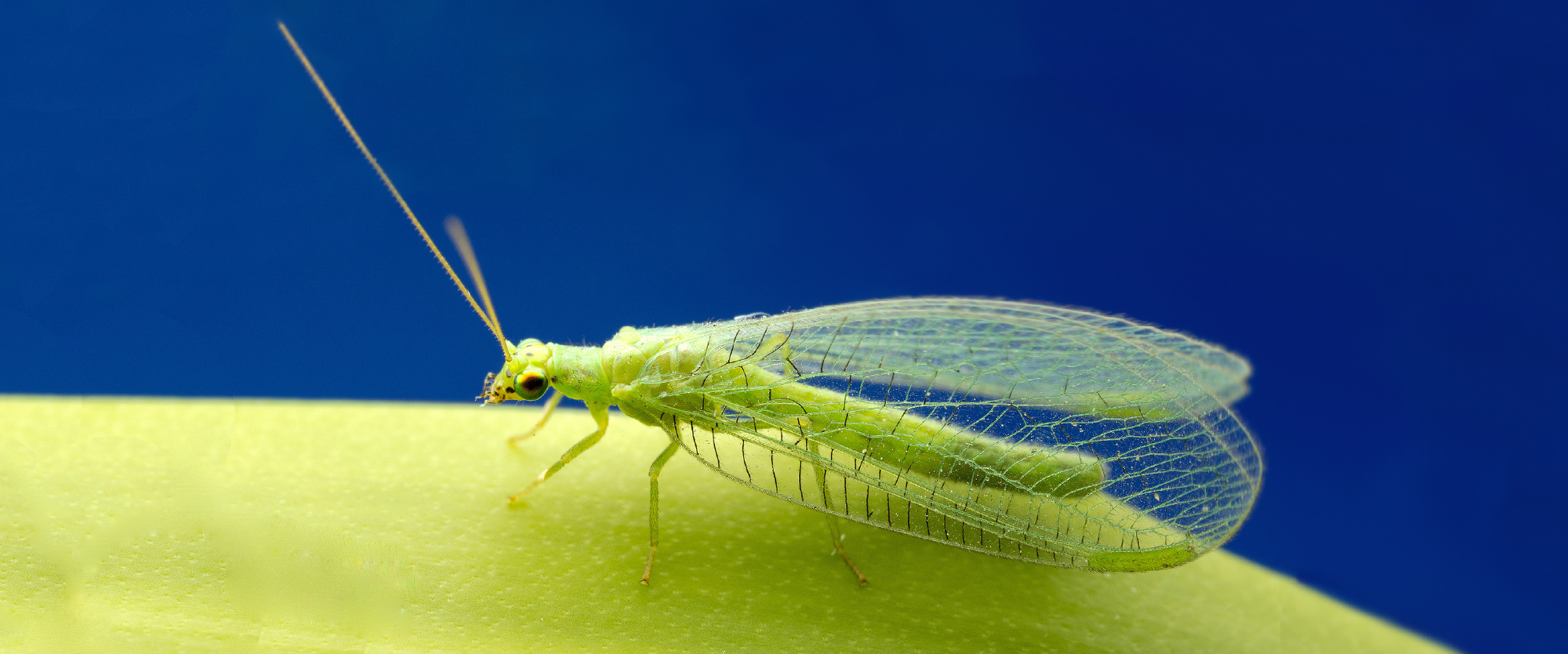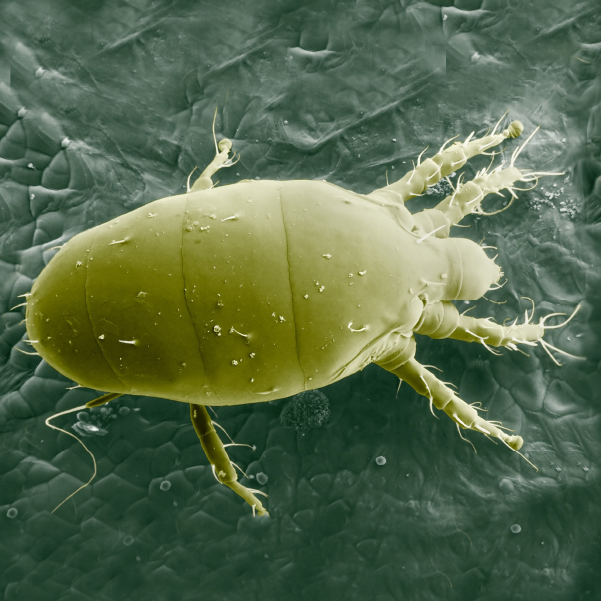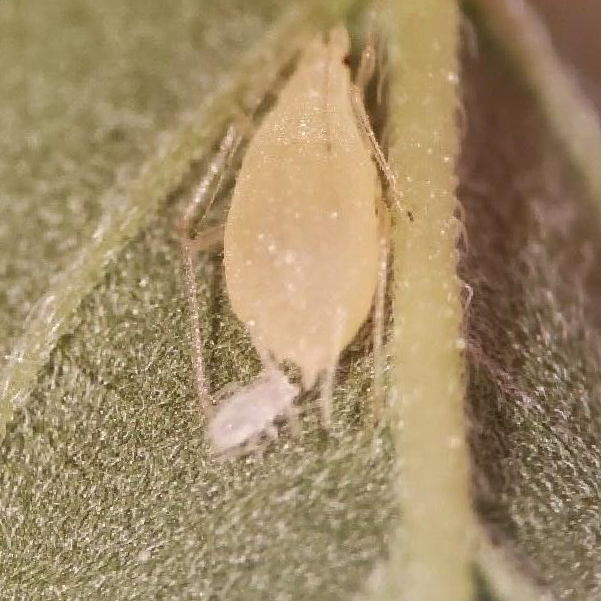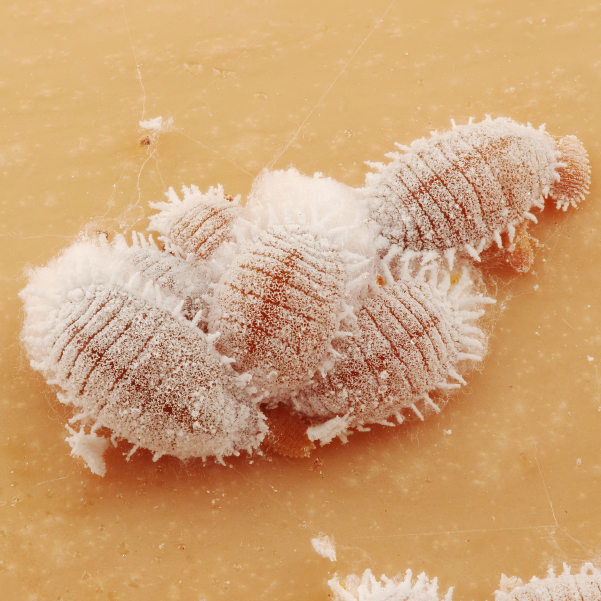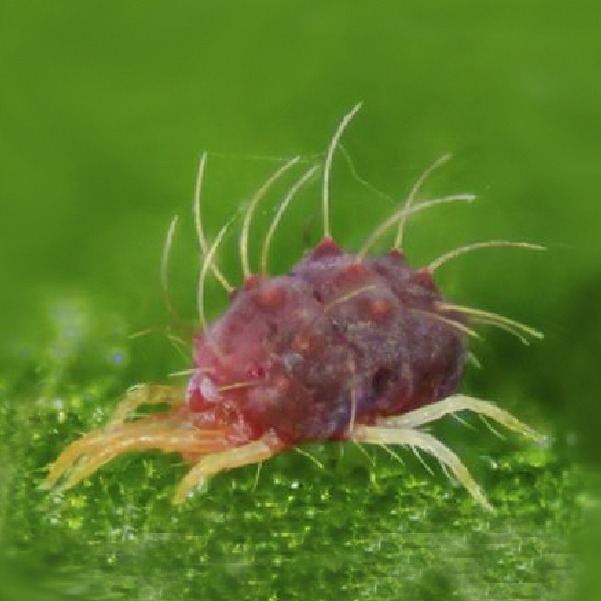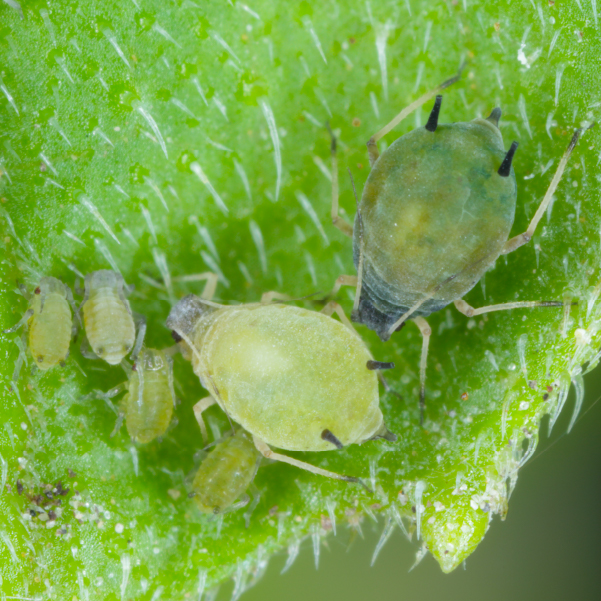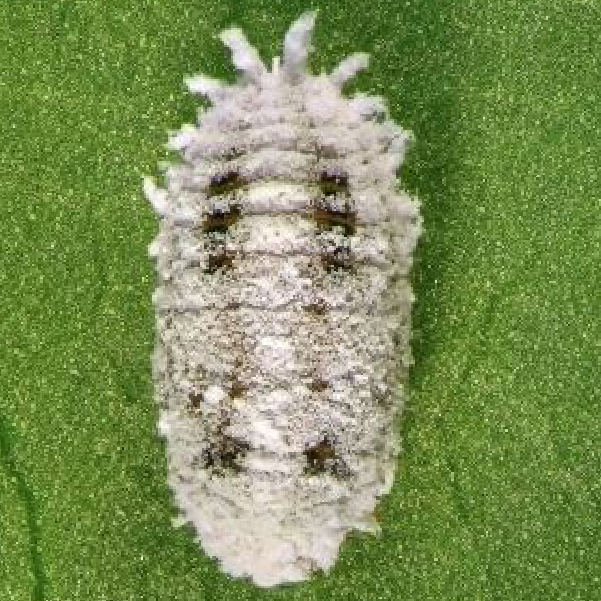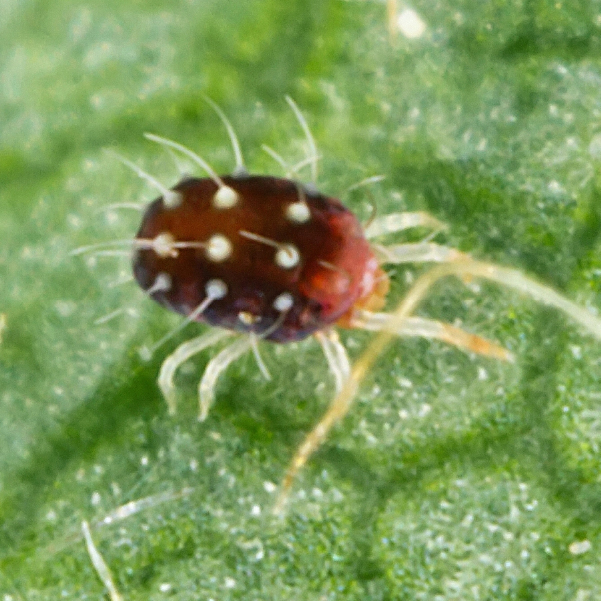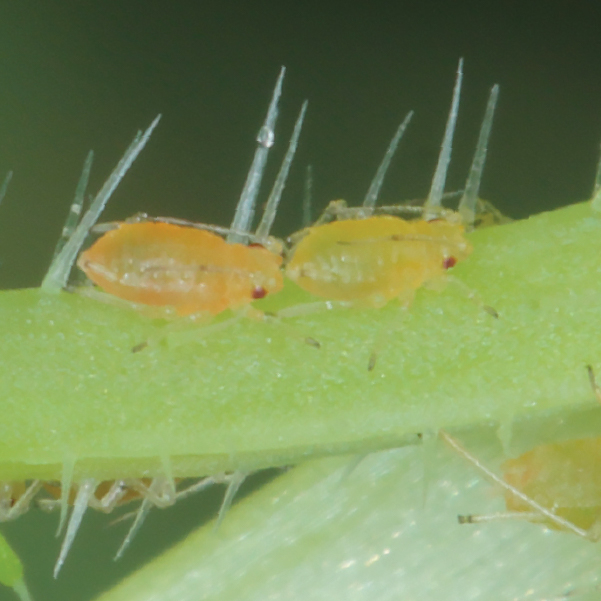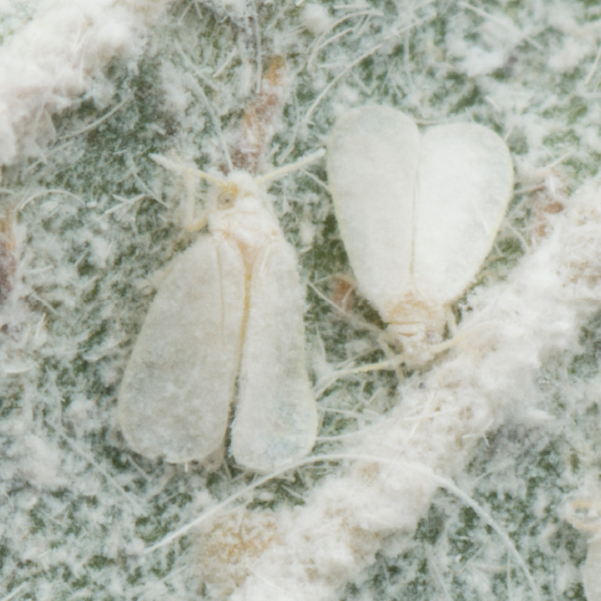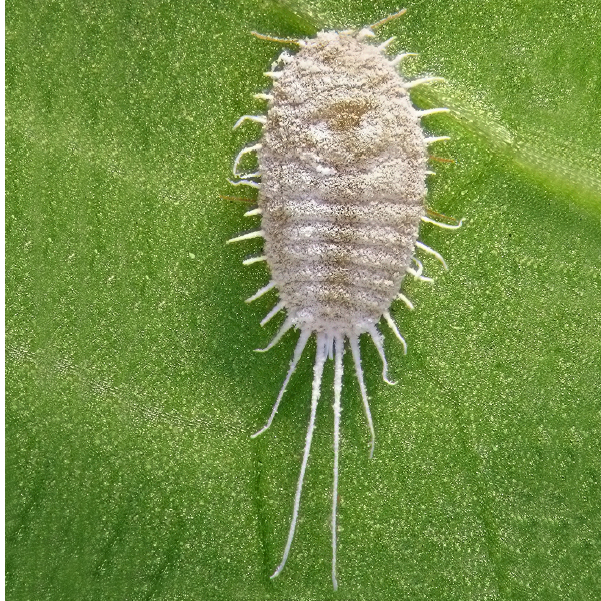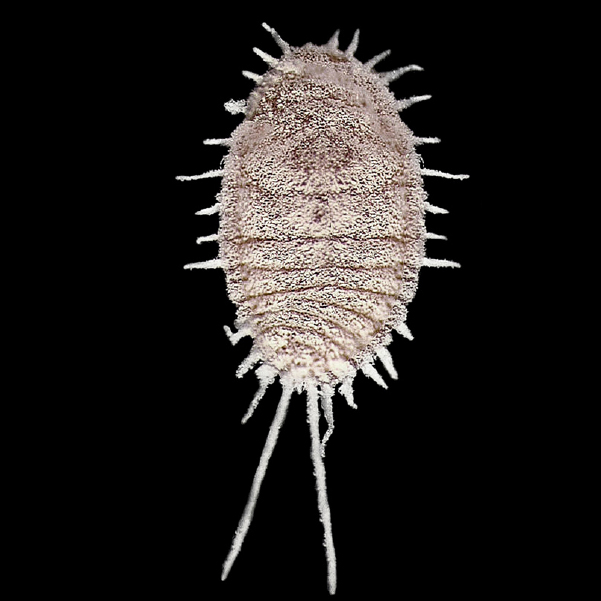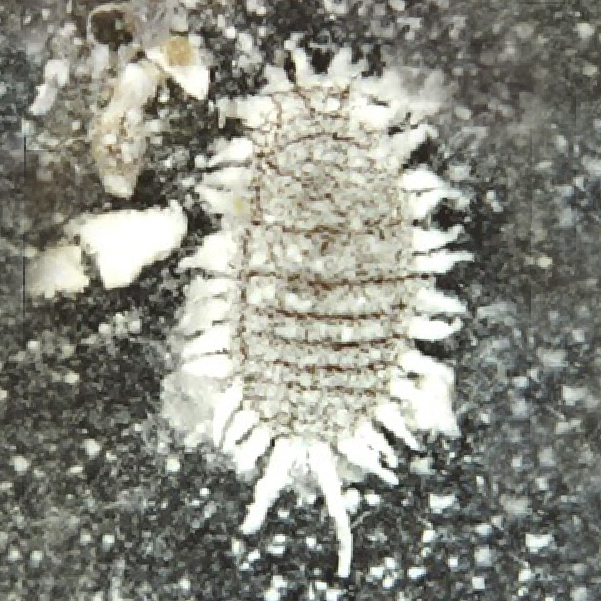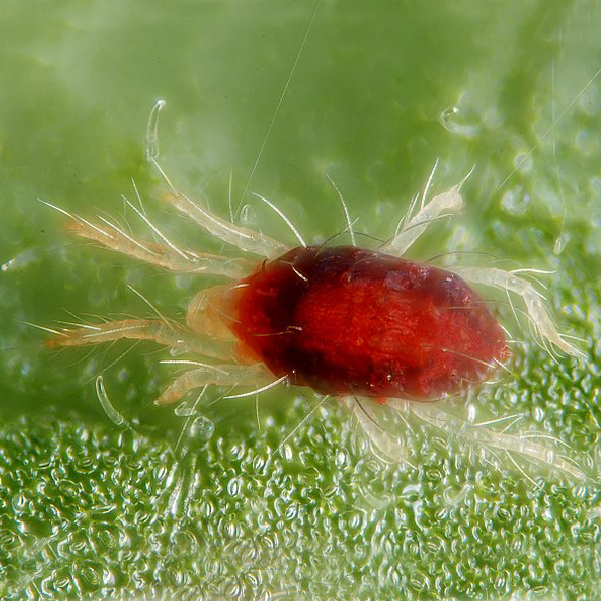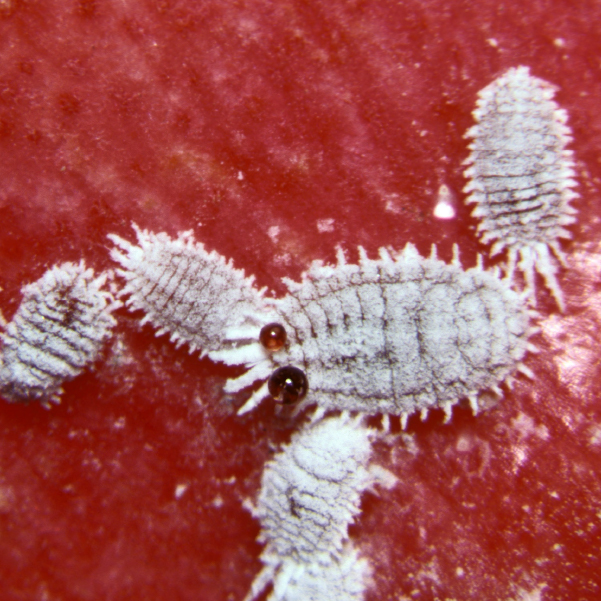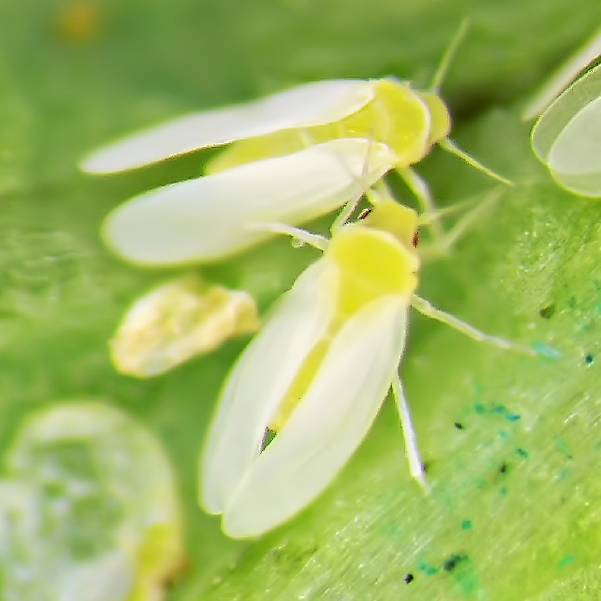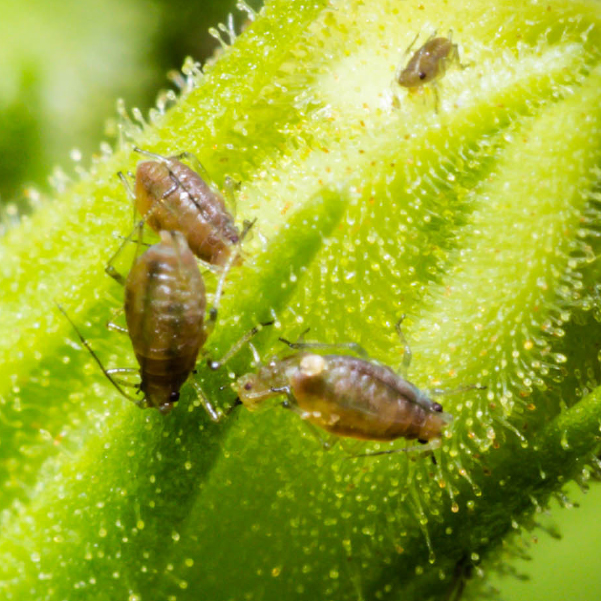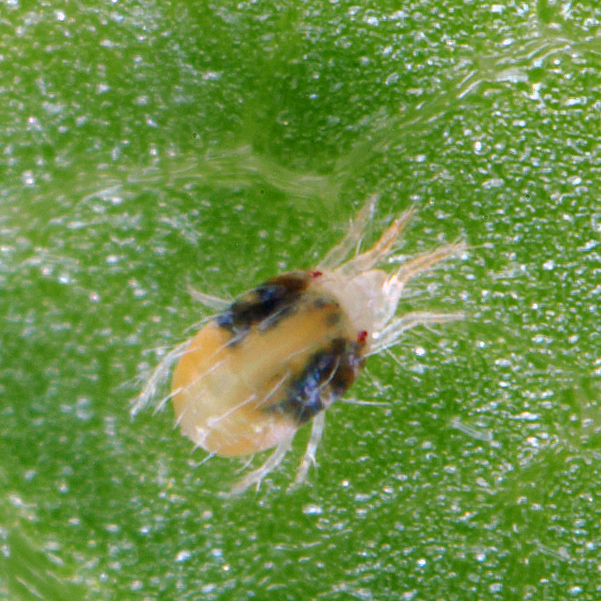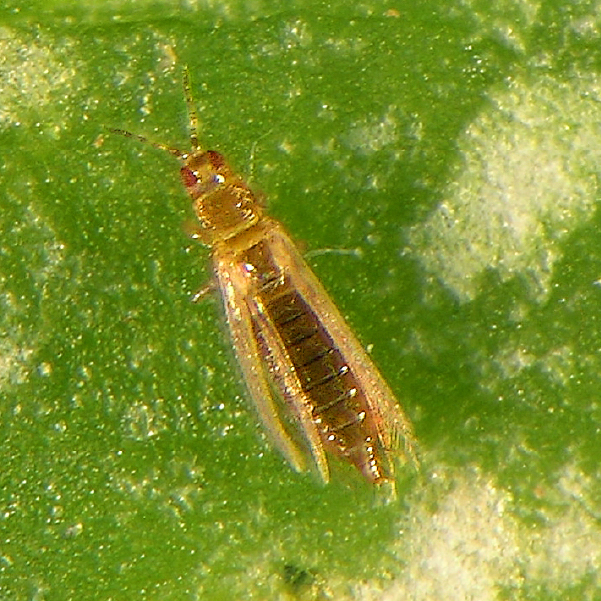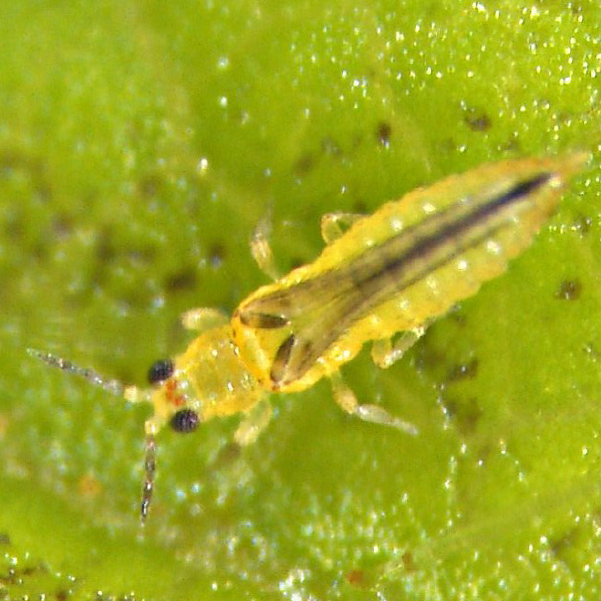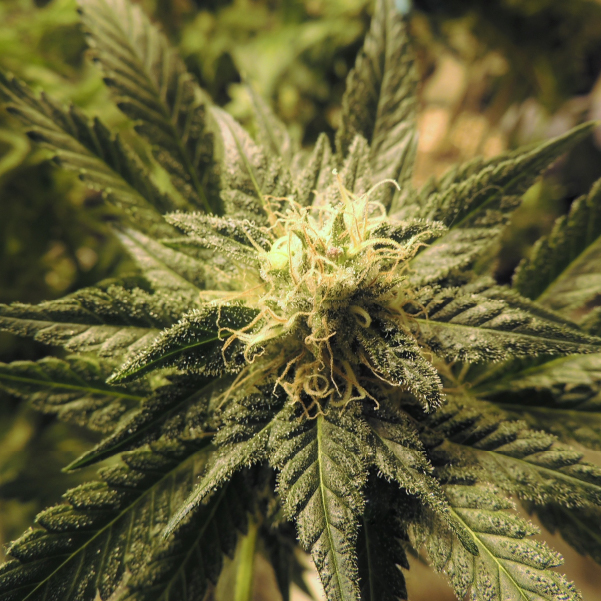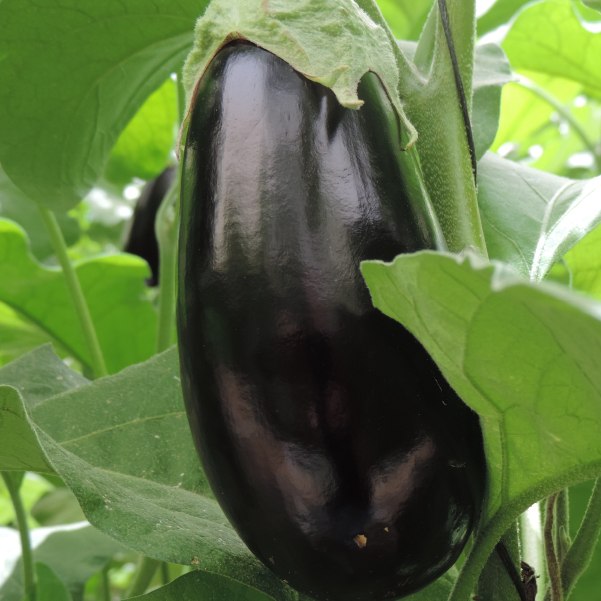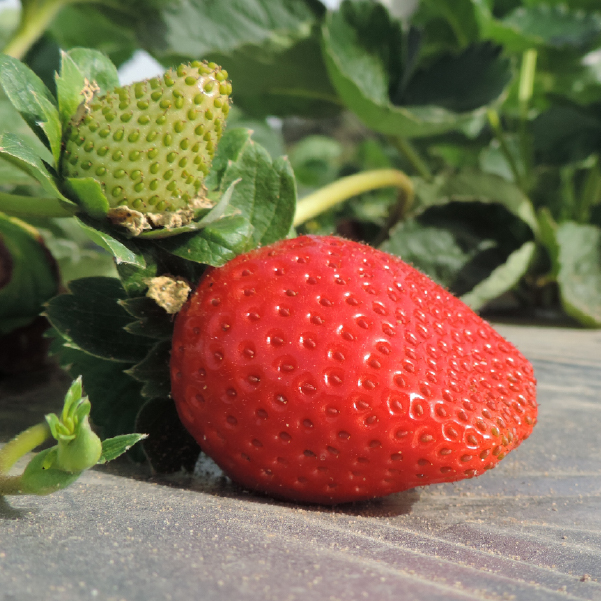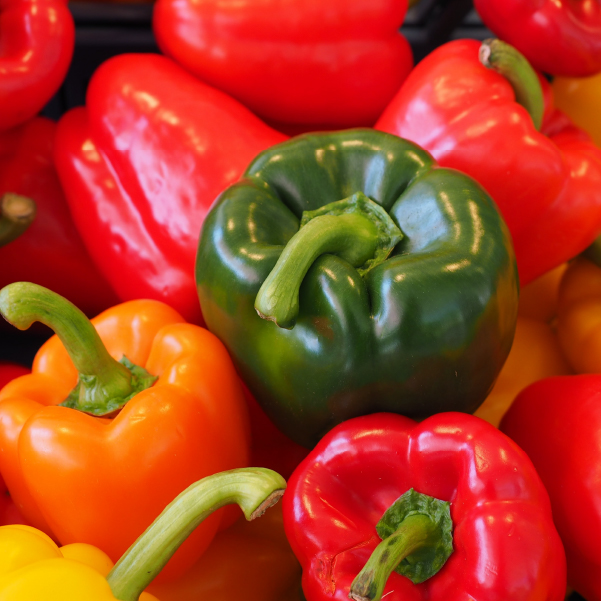BioLacewing (Chrysoperla rufilabris) also known as the red-lipped green lacewing, is an insect of the Chrysopidae family. The delicate looking adult feeds on nectar and pollen while the larvae of BioLacewing is the active predator. The three larval instars, are the voracious ones.
Consult with your local BioBee for product availability in your country.
Target Pests
Product
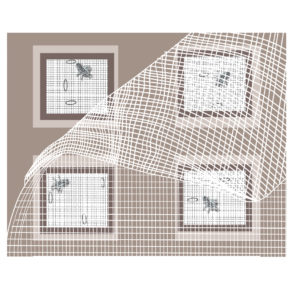
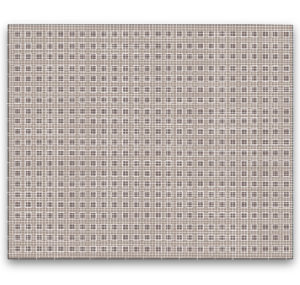
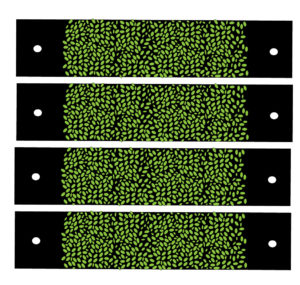
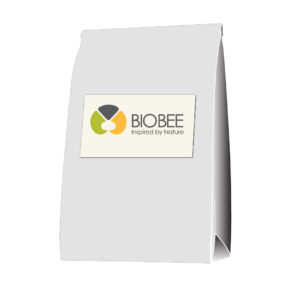
BioLacewing is available in egg card strips of 5,000 eggs which can be divided in 30 tabs.
BioLacewing larva (L3) is also available in a sectioned grid of 500 individuals. Each cell contains eggs of Ephestia kuehniella (Lepidoptera) as a feed source.
BioLacewing 5 liter bag containing 5,000 L1 larvae
Download Product PDF
Application
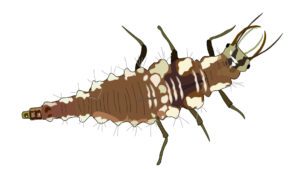
- BioLacewing is shipped in insulated, chilled boxes. Packaging must be kept intact until placed in the field.
- Keep in a cool location 10-14°C until release; do not put bottles in a refrigerator.
- The product should be released within 24 hours of receipt.
- The larvae can be cannibalistic, disperse on or near prey.
- Do not expose the bottles to direct sunlight.
Before combining BioLacewing with any chemical pesticide in the crop, please consult your BioBee technical representative.
Crops
Storage
-
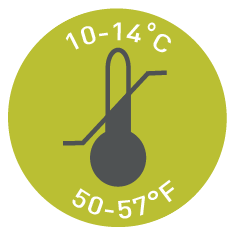
Storage temperature
-

Do not store in sunlight
-

Store horizontally
-

Apply within 24 hours
Disclaimer
BioBee Sde Eliyahu Ltd. produces and markets biological products. Production is carried out using innovative techniques under controlled quality assurance standards such as ISO 9001:2015, as well as IOBC’s international standards for mass-production of insects. All products are tested to meet specification requirements before leaving the factory.
The success of biological pest control is affected by the crop’s initial pest population (upon application of the product), weather conditions and chemical residue present in the crop, among other possible aggravating factors.
Under no circumstance shall BioBee be liable for the outcome of the implementation in the field, as it has no control over local conditions, the application method, or the possible improper treatment/storage of the product.
